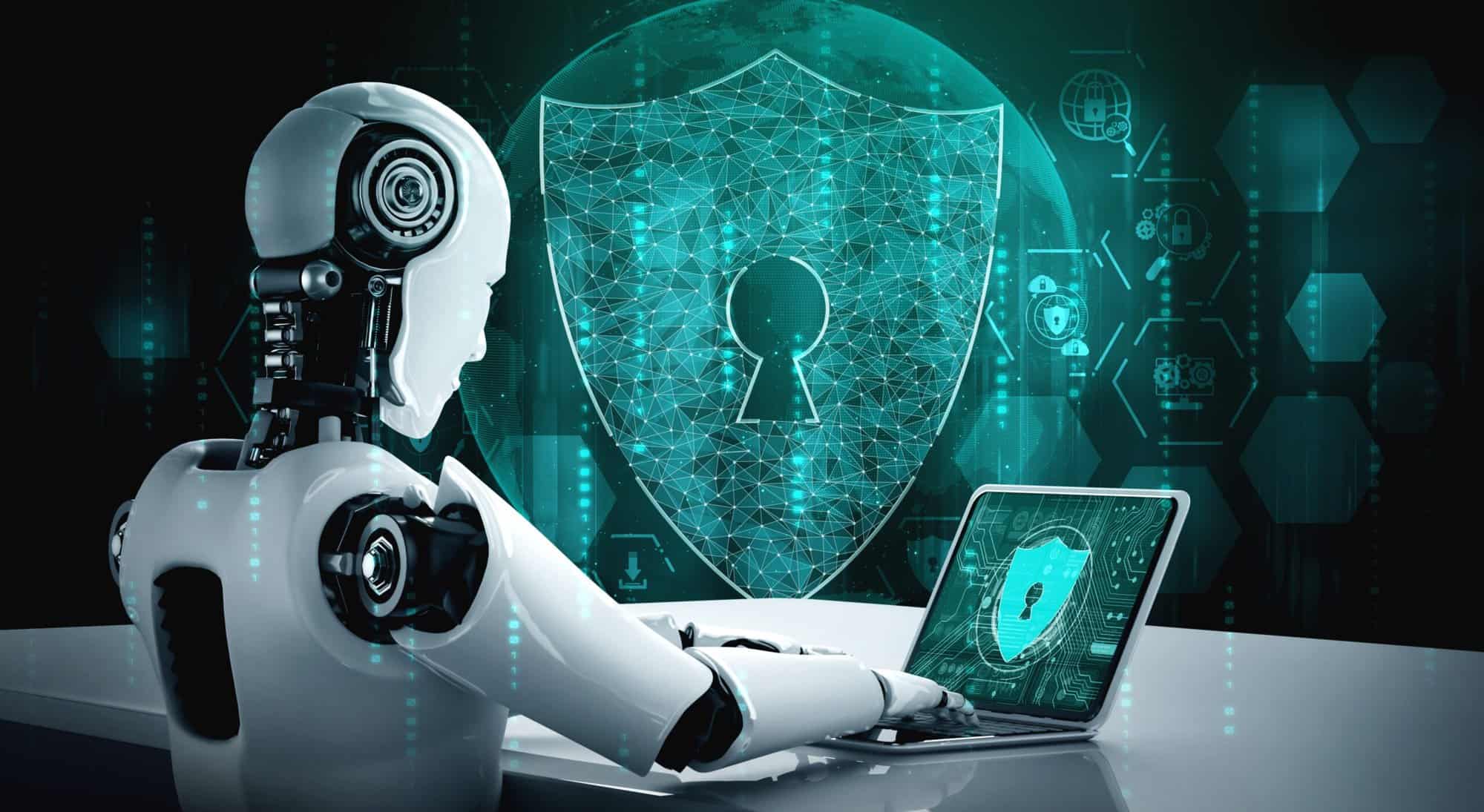Can AI Detect and Prevent Cybersecurity Threats?
Cybersecurity remains a critical concern in the digital age, where businesses, governments, and individuals face an escalating threat landscape. With the rapid growth of data breaches, ransomware, phishing attacks, and advanced persistent threats (APTs), traditional defense mechanisms often struggle to keep pace.
Artificial Intelligence (AI) has emerged as a game-changer in the battle against these threats, offering capabilities that enhance detection, prevention, and response. But how effective is AI in this role, and what are its limitations?

The Role of AI in Cybersecurity Threat Detection
AI's power in cybersecurity lies in its ability to analyze vast amounts of data in real time. Conventional cybersecurity tools rely heavily on predefined rules and patterns, which can leave systems vulnerable to new or rapidly evolving threats. AI, however, employs techniques like machine learning (ML) and deep learning to detect anomalies, recognize suspicious behaviors, and uncover hidden patterns.
For example, AI-powered tools can monitor network traffic for deviations from normal activity. Unusual login attempts, data transfers at odd hours, or unauthorized access to sensitive files can be flagged instantly. By continuously learning from historical data and real-time inputs, AI can identify even subtle signs of an impending attack, offering organizations a proactive defense.
However, it's not just about detecting known threats. AI excels in identifying zero-day vulnerabilities—those that exploit previously unknown software flaws. By analyzing code behavior and recognizing signs of exploitation, AI can alert security teams before attackers gain a foothold.
Enhancing Prevention: From Reactive to Proactive Measures
One of AI’s most transformative contributions to cybersecurity is its ability to shift the paradigm from reactive defense to proactive prevention. Traditionally, organizations reacted to threats after an attack occurred or once a vulnerability was exploited. AI changes the game by predicting potential attacks and preemptively strengthening defenses.
Predictive analytics is a cornerstone of this capability. By analyzing historical attack patterns and correlating them with current data, AI systems can forecast potential vulnerabilities or entry points for attackers. This allows IT teams to address weaknesses before they are exploited.
Additionally, AI can simulate attack scenarios through techniques like adversarial training. By acting as both defender and attacker, AI systems can identify loopholes in security protocols and recommend improvements. This dual-role capability provides organizations with a deeper understanding of their security posture and helps fortify defenses against sophisticated cybercriminals.
Challenges and Limitations of AI in Cybersecurity
While AI offers significant advantages, it is not without challenges. One of the most pressing issues is the potential for adversarial attacks against AI systems themselves. Cybercriminals can exploit weaknesses in machine learning models by feeding them manipulated data, leading to false negatives or positives. For instance, an attacker could craft a benign-looking piece of malware that AI systems fail to recognize as a threat.
Moreover, AI systems require substantial amounts of high-quality data to function effectively. Incomplete or biased datasets can lead to flawed predictions or missed threats. Organizations must invest in robust data collection and curation processes to ensure the reliability of their AI systems.
Another limitation is the reliance on human expertise. While AI can process and analyze data at an unparalleled scale, human intervention is often needed to interpret results and make strategic decisions. The collaboration between AI and cybersecurity professionals is essential for optimal performance, but this interplay demands skilled personnel—resources that many organizations lack.
Finally, cost is a barrier for many businesses. Implementing AI-driven cybersecurity solutions involves significant investment in technology, infrastructure, and training. Small and medium-sized enterprises (SMEs) may find it challenging to adopt these advanced systems, potentially widening the gap between large corporations and smaller players in terms of cybersecurity preparedness.
The Future of AI in Cybersecurity: Promise and Responsibility
The future of AI in cybersecurity is both promising and complex. As AI continues to evolve, its ability to detect and prevent threats will become increasingly sophisticated. Emerging technologies like quantum computing and federated learning could further enhance AI’s capabilities, enabling even faster and more accurate threat identification.
However, with great power comes great responsibility. The ethical implications of AI in cybersecurity cannot be ignored. As organizations rely more heavily on AI, concerns about privacy, data misuse, and accountability will intensify. It is crucial to establish clear guidelines and frameworks for the ethical deployment of AI systems, ensuring they serve the greater good without compromising individual rights.
Furthermore, global collaboration will play a pivotal role in the fight against cybercrime. Threats often transcend national borders, requiring coordinated efforts among governments, industries, and academia. AI can act as a unifying force in this collaboration, providing shared platforms and insights to combat common adversaries.
Conclusion
AI has undeniably transformed the cybersecurity landscape, offering unparalleled capabilities in threat detection and prevention. Its ability to analyze data, predict attacks, and adapt to evolving challenges positions it as a critical tool in safeguarding digital assets. However, its effectiveness depends on addressing challenges such as adversarial threats, data quality, and ethical concerns.
As cybercriminals become more sophisticated, the integration of AI into cybersecurity strategies will no longer be optional but imperative. By investing in AI technologies and fostering collaboration between humans and machines, organizations can build a resilient defense against the ever-growing tide of cyber threats. The journey is far from over, but with AI at the forefront, the future of cybersecurity looks both promising and secure.
References
- MIT Technology Review: AI in Cybersecurity
- National Institute of Standards and Technology (NIST)
- Forbes: The Role of AI in Cybersecurity
- Gartner: AI and Cybersecurity Trends
- Cybersecurity & Infrastructure Security Agency (CISA)
- IBM Security Intelligence: AI in Cyber Defense
- Kaspersky: AI and Cybersecurity
- Accenture Report on AI in Security
- Wired: Cybersecurity Innovations with AI
- TechCrunch: AI-Driven Threat Detection





































